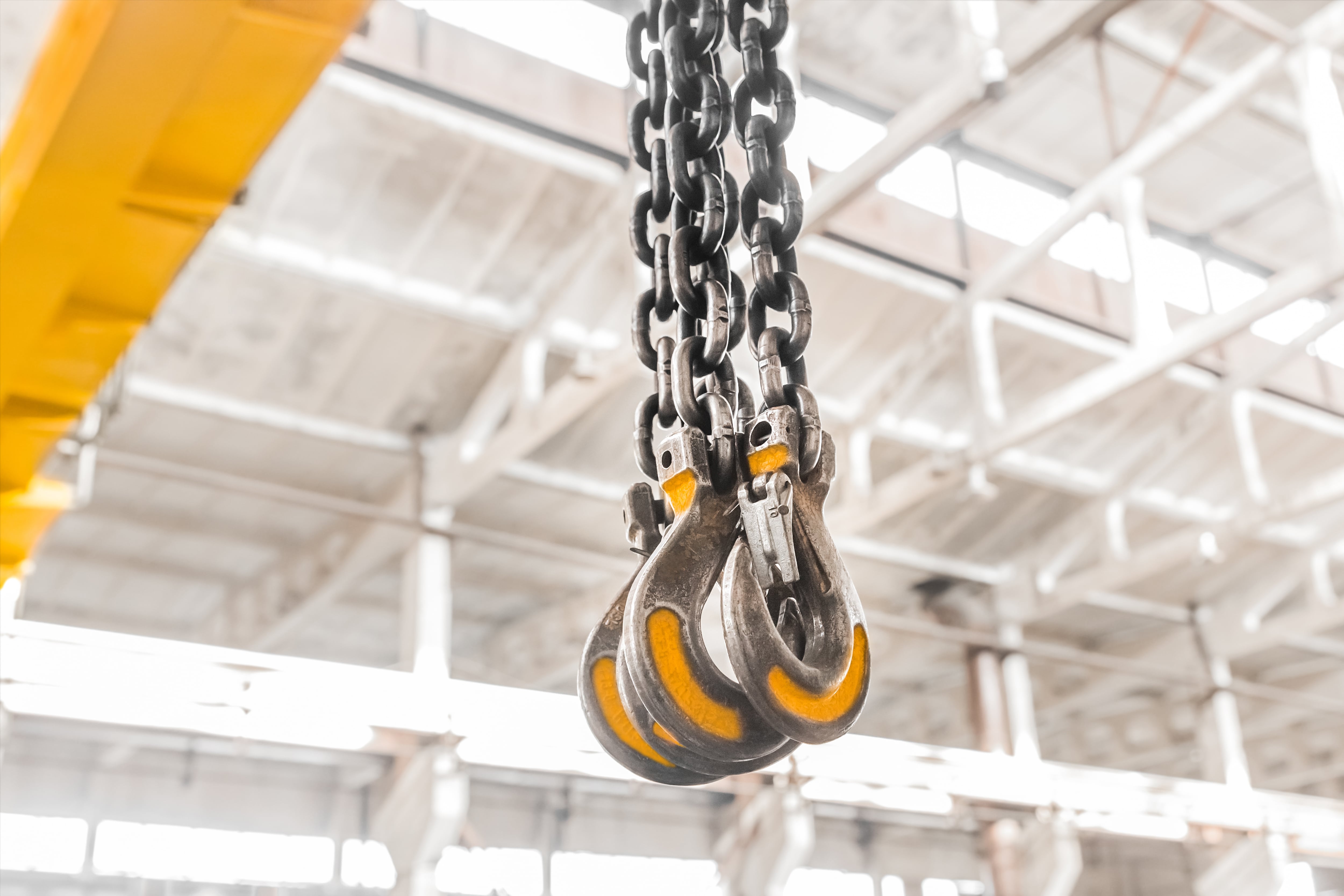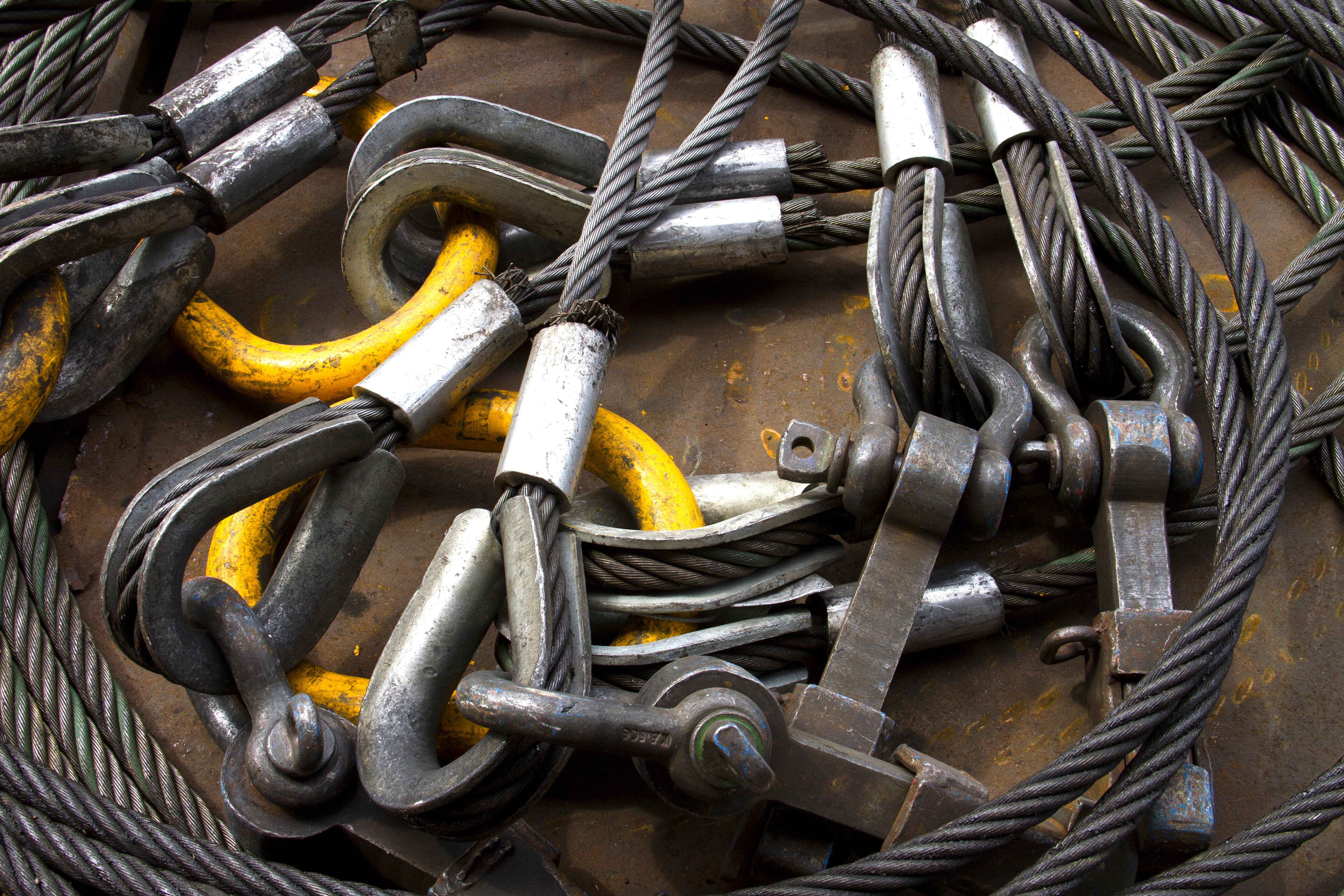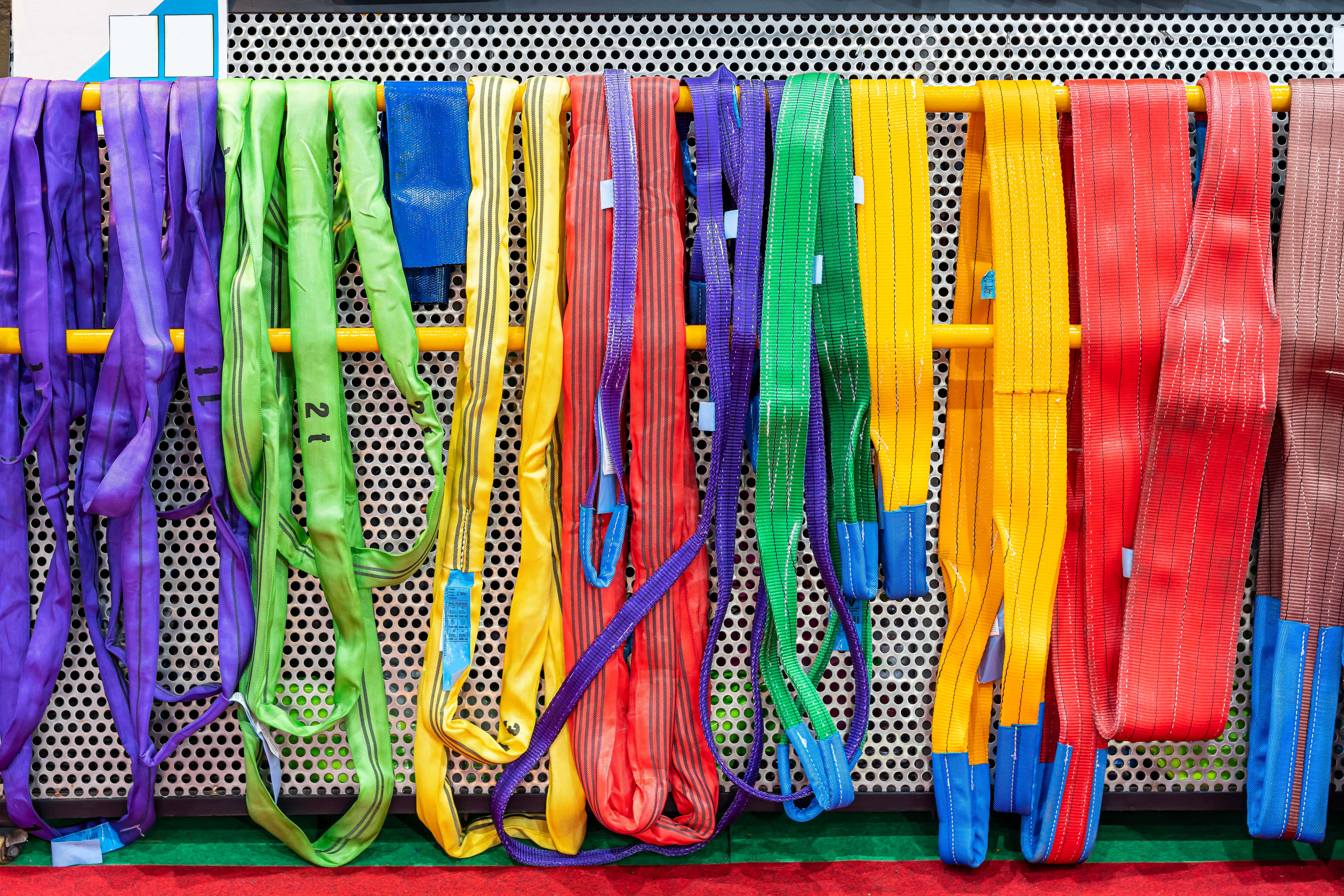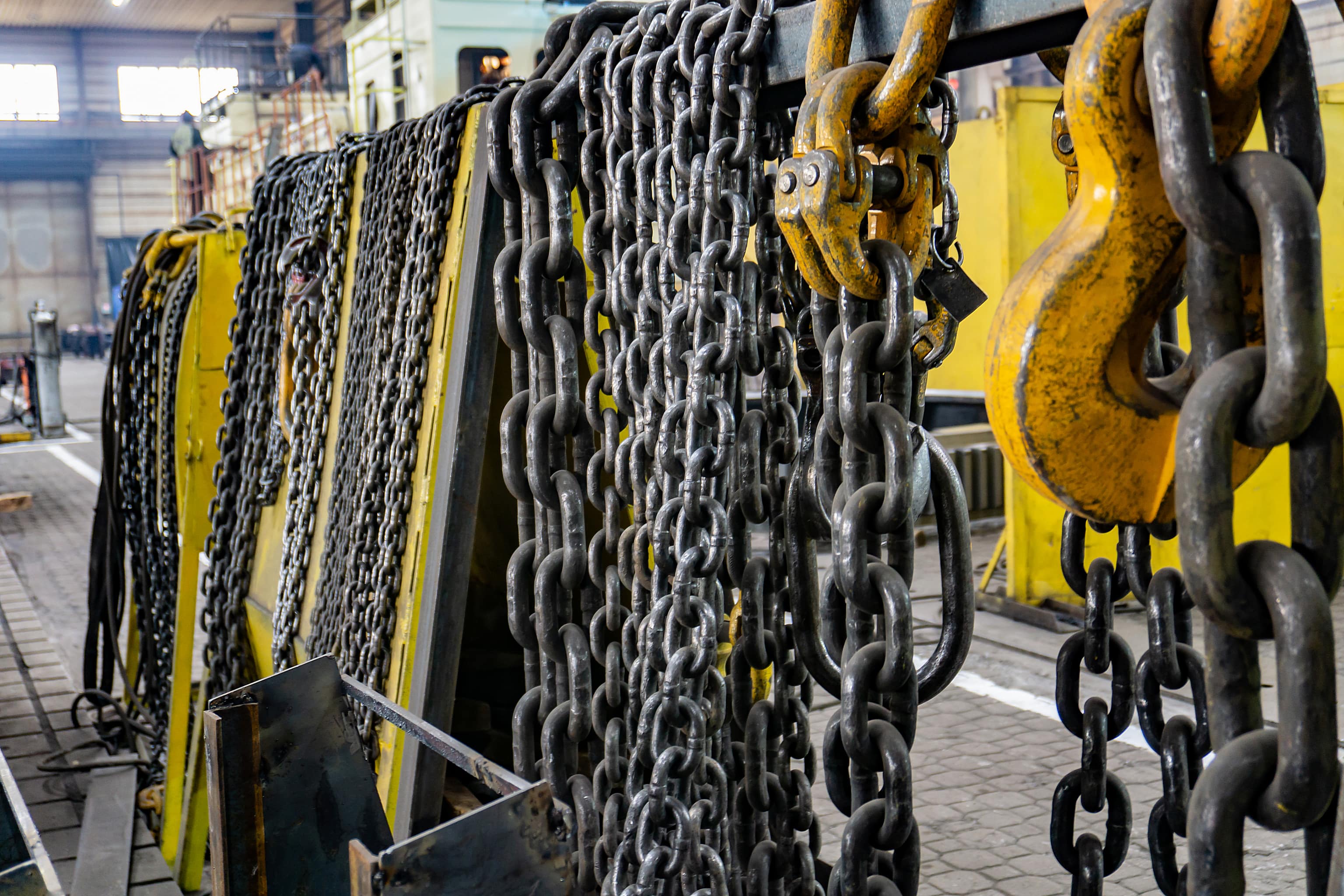
|
Industrial & Automotive Parts |
|---|

Lifting slings have an important role that requires caution and thorough knowledge of appropriate techniques when operating. The equipment you use can vary in age, condition and strength, and some slings may have deficiencies that operators haven't experienced before. Slings manage heavy loads under compromising situations, so as a rigger or operator it’s essential to use them correctly in order to lift safely.
Following best practices and operating principles can help riggers ensure they perform safe lifts and movements. It can minimise the risk of a lift failure and the likelihood of damaging the sling. Industrial & Automotive Parts provide a multitude of industrial equipment and rig parts to assist in safe lifts. Here, we explain the techniques on how to use a lifting sling for hoisting and rigging safely.
There are some overall best practices for rigging and hoisting with slings described below:
Now let’s explore the process to use various lifting sling types for hoists:

Wire rope slings have tremendous strength and flexibility because of the wire material used. They’re also highly durable and take a long time to wear down compared to other types of slings. Wire rope slings are made up of three main components; the core, wire and the strand. The core and wire are both components that make up the rope, the core being the internal foundation made of fibre or wire rope to hold the rope together.
The wire is often made of carbon steel installed around the core, laid helically to form a strand. Usually, around 20 wires make up a strand and six strands surround the core. As wires can bend efficiently, they avoid fatigue and wear from the bending stress of the rope being pulled to hold a load. However, they do wear over time, and riggers need to determine the ropes capability before use. You can determine a rope’s safe working load by dividing the breaking strength by five which will provide a value that has a sufficient safety buffer. Performing pre-use assessment of the rope is critical to safe rigging, and it should be conducted by the operator of the sling.
Once the safety of the rope has been checked, general best practices should be applied while securing the load. A trained operator can determine the most appropriate lifting and slinging techniques for the job, but they must make sure it's rigged for maximum control and to prevent movement. Finally, ensure the lifting point remains above the centre of gravity to reduce the swing and movement and minimise the risk of damages and injury.

Synthetic web slings are excellent tools for flexibility and bending around objects. They’re made of polyester or nylon and typically include elastic stitched into the material. This elasticity allows them to produce a small stretch, up to around 3 per cent, which provides resistance against shock movements. Synthetic web slings are sensitive to high temperatures and damage easily when exposed to heat. In hot conditions, metal mesh slings are a suitable alternative.
To inspect the safety of web slings, riggers can look for any discolouration of the fabric from melting or charring. If any signs at all are present, the sling shouldn't be used as its strength is uncertain. If holes, cuts or tears are present, this can be a sign of reduced strength but they don't need to be disregarded immediately. Instead, experienced operators can inspect the inner threads for wear or damage. If any wear damage is found to the inner threads, it's unsafe to use the sling.
If the sling is deemed safe, operators should follow the general rigging, lifting and slinging techniques while securing the load. It’s important not to use any knots with these slings as it greatly reduces their load capacity. Keep the load below the rated loading provided by the manufacturer and apply a rig that’s suited to the job.

A chain sling is made up of a strong chain link connected to lift hooks. Made of alloy steel, they’re used for their strength and ability to operate under heat. Chain slings rely on the integrity of each individual link, which means that one damaged link in the chain makes the entire sling invalid for safe use. Before their use, operators should inspect each chain link for defects.
An excellent method of inspection is to measure the length of the chain link and ensure it matches the specified length provided by the manufacturer. If the length doesn't match, it can indicate a link is broken or stretched and when the length is outside the allowed tolerance as specified by the manufacturer, it cannot be used. Operators can decide on the most appropriate rigging and slinging techniques for their workload. Chain slings can simply be used by connecting the attached hooks to the hitch.
Hitches are a tool that attaches to slings to assist in the hoisting operation. They're a piece of material that connects the hook of the sling to the load or the support of the load and they can be combined with taglines to prevent load movement and rotation that damages the slings and causes unsafe lifts.
If a rig requires more than one sling, it can attach to one lifting hook and the hitch becomes a bridle. The load will be evenly distributed to the slings while the one lifting hook can remain above the centre of gravity of the load, held by the bridle. To create a bridle hitch, ensure the sling angles are calculated so the legs aren't overloaded. You can adjust the leg lengths with a hoist to distribute the load between slings appropriately.
For more information on how to use a lifting sling, as well as best practice rigging and slinging techniques, contact us at Industrial & Automotive Parts today.